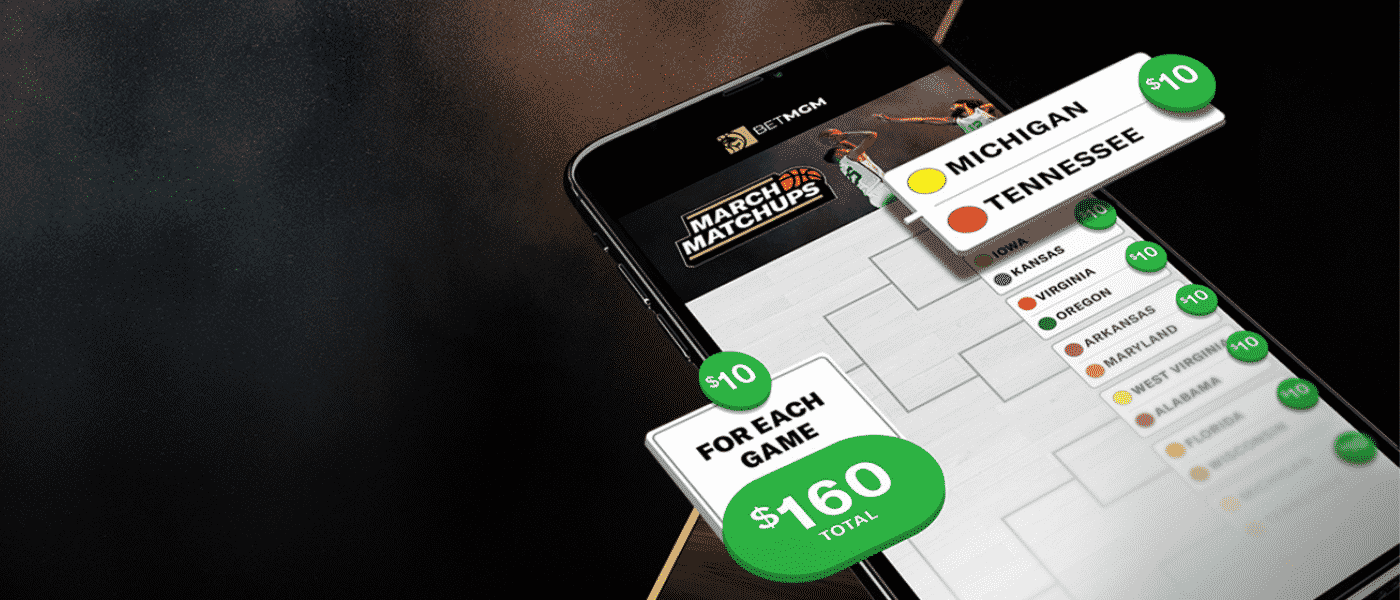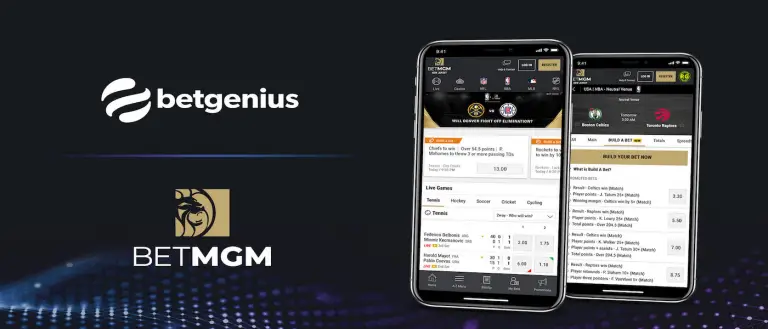How Long Can US Sportsbooks Pump The Promotional Spending Well?

It’s no secret promotional spend in some key sports betting states remains at elevated levels. However, what is surprising is not all operators are feeling the impact equally.
As has been detailed previously, the data from Pennsylvania and Michigan offer a degree of granularity in terms of promotional spending.
In both states, the financial disclosures offer insight into how low net revenue is compared to gross gaming revenue, suggest the analysts at Deutsche Bank.
In a recent note, the team point to Pennsylvania data from the last 12 months to April, which shows that of the $337m of GGR, fully $116m or 35% of the total was promotional spend, or in simpler terms, free bets.
In Michigan, a far less mature market where there is as yet only four months of data, the level of promotional spend was a whopping 82% of GGR.
Operators Take Different Approaches to Promotional Spending
Breaking the data down further, the team then identify the promotional spend by operator across both states for the four months to April.
This data shows how FanDuel and DraftKings manage to keep their net revenue figure somewhat in line with the GGR.
For FanDuel, promotional spend accounted for 44.5% of the $76.1m of GGR or $33.9m. At DraftKings, the percentage calculation was 50.8% or $21.3m, while at BetMGM, the figure was 54.4% or $19.1m.
But it is Barstool where the gulf between GGR and NGR is widest (albeit from a much smaller gross figure). The promotional spend was 69.7% of GGR or $20m from $28.7m. It should be noted that Barstool Sportsbook has taken a different approach to overall marketing, as it leans heavily on internal marketing while competitors are liberally spending on external marketing.
Another important factor driving promotional spend in some markets is the ability to deduct promotional spend before calculating an operator’s tax liability. If operators were required to pay taxes on promotional spending, it’s unlikely it would be deployed at current levels.
Why Promotional Spending Matters
The team at Deutsche Bank points out that hold percentage is an effective measurement of the efficiency of an operators’ promotional strategy. “At present, over the January to April period in PA and MI, DraftKings and FanDuel are, on average, generating roughly 60% more handle, per dollar spent on promos, than the average of BetMGM and Barstool,” they wrote.
Their main point is that arguably, “for some,” the promotional spend is “buying market share and little more.” And given the current economics of the US opportunity right now, with market access fees and platform fees being a feature to date, it pushes some operators towards being loss-making.
Andy May, an online gaming marketing consultant, agrees with the Deutsche Bank analysis that the GGR figures in each state can be misleading and “makes it possible for operators to buy market share.”
“For new brands, it will be expensive to build brand awareness and relevance from scratch, and so promotional offers become an easier and cheaper short-term growth option,” he adds. “When Barstool launched in Michigan, it reported a 23% market share (based on GGR) which quickly fell to 13% in February, once the promo offers had been cut back to ’normal’ levels.”
In the End, CPA is the Better Metric
What will ultimately be the main factor for success in any market is the cost per acquisition (CPA). It is perhaps the critical metric for any operator, and May points out that both Flutter and BetMGM have spoken previously of the importance of being among the first movers when it comes to keeping the CPA lower.
But another factor of vital importance – and something that is very much central to the Pennsylvania and Michigan promotional spend numbers – is the amount of product available.
“The more products that are legal, the higher the player value will be, and therefore the higher the maximum CPA and acquisition bonus costs can be,” he says. “BetMGM have a target CPA of $250 but admit they are running well above that level currently. Flutter says CPAs are high but so are average player values so they can still achieve a reasonable ROI.”
Spend, Spend, Spend
What happens from here on with promotional spend in both Pennsylvania and Michigan will be how the levels evolve in the months to come. Particularly with Michigan, but also arguably with Pennsylvania, the markets remain very young.
“It is generally accepted that the first three months of entering a new state are the costliest,” says May. “The focus of spend is on acquisition, and it is a case of share of voice within the available media.”
Here the benefits of scale – that is, effectively having a national brand – should “start to kick in” as the costs of sponsorship deals and ad campaigns can be shared across multiple markets.
By rights, this should lead to winnowing out of the competition. “I would expect marketing costs and promotional bonuses to peak during key acquisition times such as market opening date, the start of NFL, Super Bowl, March Madness, etc.,” he adds. “As states mature, the smaller operators will not be able to compete and will fall away.”
Scott Longley has been a journalist since the early noughties covering personal finance, sport and the gambling industry. He has worked for a number of publications including Investor’s Week, Bloomberg Money, Football First, EGR and GamblingCompliance.com. He now writes for online and print titles across a wide range of sectors.





